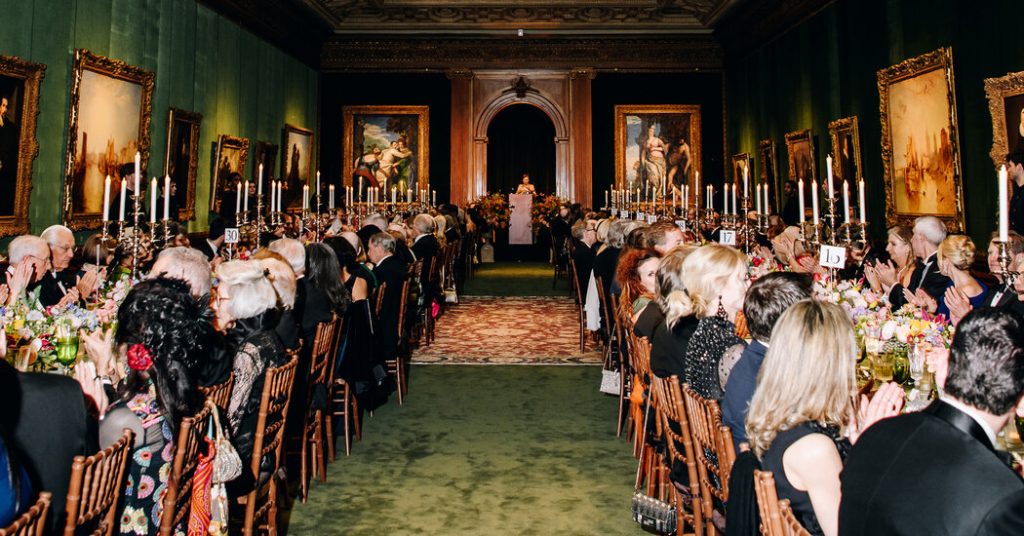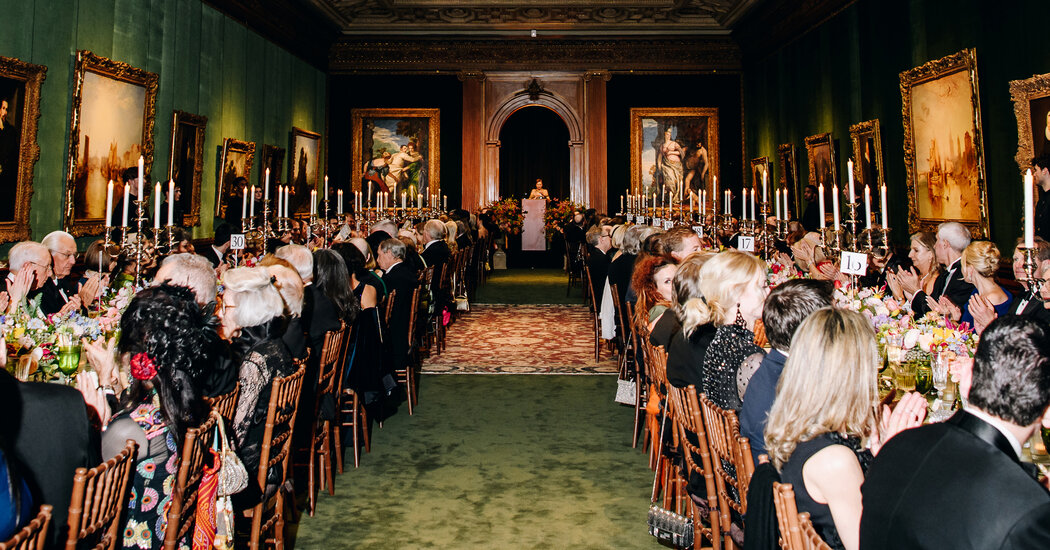
Inside the Frick Collection’s $220 Million Revamp Before Its Grand Reopening

The Frick Collection Reopens: A Transformed Gilded Age Gem for a New Generation
For over five years, one of New York City’s cherished cultural treasures—the Frick Collection—has been quiet. The elegant Gilded Age residence located at the intersection of Madison Avenue and East 70th Street, typically alive with art lovers and history aficionados, shuttered its doors to embark on the most extensive renovation in its nearly 90-year existence. Now, on April 17, 2024, the Frick is gearing up to unveil its newly redesigned space, introducing a grand $220 million overhaul and expansion that pays tribute to its heritage while embracing the future.
Integrating Tradition with Modernity
The Frick Collection has traditionally occupied the former home of industrialist Henry Clay Frick, who curated one of the globe’s most acclaimed collections of Old Master artworks, sculptures, and decorative arts. Since its establishment as a museum in 1935, the mansion has remained mostly untouched—until now.
Under the guidance of Selldorf Architects in partnership with preservation experts Beyer Blinder Belle, the renovation re-envisions the museum’s entire infrastructure. The initiative repurposed 60,000 square feet of existing space and introduced an additional 27,000 square feet of new construction, reinforcing the historical essence of the building while improving visitor interaction and accessibility.
An Enhanced Visitor Journey
The metamorphosis begins with the impressive new James S. and Barbara N. Reibel Reception Hall. Built above a previously single-level area, the hall now boasts two levels linked by a grand Italian marble staircase bathed in natural light streaming through monumental windows. The tranquil environment continues in the refreshed Garden Court—an iconic hallmark of the museum.
A standout feature is the Stephen A. Schwarzman Auditorium. Designed to replace the music room from the 1930s, the auditorium nestles beneath the museum and accommodates 218 attendees. With sweeping, curvilinear shapes and meticulously crafted acoustics, the area is intentionally intimate. It will host a spring music festival featuring classical and contemporary performances, solidifying the Frick’s status not just as a museum, but a broader cultural institution.
Unveiling the Frick’s Hidden Treasures
Perhaps the most thrilling element of the renovation is the public’s inaugural access to the mansion’s second-floor chambers, previously reserved for staff offices and the Frick family’s private quarters. These spaces have been reimagined into a series of new galleries displaying small-scale paintings, sculptures, and decorative pieces, all framed by original architectural features: elaborate wood carvings, ceiling murals, and fireplaces.
Notable additions include the Ceramics Room, a newly curated area featuring exquisitely crafted porcelain and earthenware, and the Boucher Anteroom—decorated with Rococo paneling and upholstery. These cozy rooms provide a fresh perspective on the collection, enabling visitors to appreciate artworks in environments as sophisticated as the pieces themselves.
Textiles and wall hangings in both old and new areas were replicated by the same firms that supplied fabrics to the Frick family over a century ago, further reinforcing the project’s dedication to historical authenticity.
Creative Use of Light and Space
A significant curatorial enhancement can be spotted in the museum’s new Cabinet Gallery on the first floor, which displays works on paper—previously seldom shown due to their light sensitivity. The gallery now showcases sketches and drawings by masters like Edgar Degas, Francisco Goya, Peter Paul Rubens, James McNeill Whistler, and Jean-Auguste-Dominique Ingres. This intimate collection invites viewers into the minds and methods of great artists, fostering a deep connection to the creative journey.
A Legacy Prepared for the Future
Alongside these noteworthy alterations, the Frick updated its renowned library, enhancing the Frick Art Research Library Reading Room for scholars and researchers. Modern infrastructure improvements include upgraded climate control, security systems, and accessibility features, ensuring the museum’s long-term preservation and public safety.
“The reopening of the Frick signifies a thrilling moment in the evolution of this prestigious cultural institution,” remarked Axel Rüger, the Frick’s Anna-Maria and Stephen Kellen Director. “With the return of the Frick’s masterpieces to their refreshed home, we invite visitors to rediscover the beauty, intimacy, and scholarship that have characterized the Frick for nearly a century.”
Architect Annabelle Selldorf highlighted the subtlety and reverence behind the design: “We took great care to develop an architectural language for the project that complements the existing historic fabric while incorporating distinct yet fitting contemporary details.”
A New Era for a Timeless Institution
As the Frick Collection gets ready to welcome the public once more, it’s evident that the transformation transcends mere construction. It represents a reaffirmation of the institution’s fundamental values: artistic excellence, intimate presentation, vigilant preservation, and historical authenticity.
The fusion of legacy and innovation showcased within its grand walls not only produces beauty but